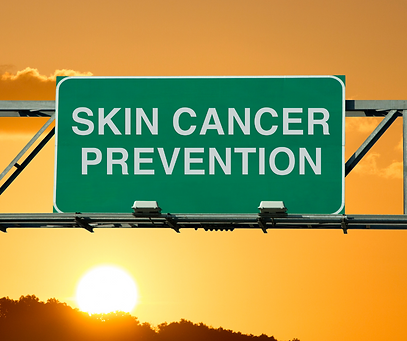
Ways to Lower the Risk of Skin Cancer
Skin cancer is the most prevalent form of cancer in the United States, affecting approximately 1 in 5 Americans. Nonmelanoma skin cancers, which include basal cell carcinoma and squamous cell carcinoma, account for the majority of cases, while melanoma is a rarer but more aggressive form of skin cancer. Early detection and appropriate treatment are key to successfully managing these cancers. To reduce the risk of developing skin cancer, it is essential to be proactive and take preventive measures.
Here are strategies recommended by experts:

-
Practice Sun Protection: Shielding your skin from the harmful effects of ultraviolet (UV) radiation is crucial. Limit sun exposure, especially during peak hours when the sun is strongest (typically between 10 am and 4 pm). Seek shade, wear protective clothing (such as long sleeves, wide-brimmed hats, and sunglasses), and use sunscreen with a broad-spectrum SPF of 30 or higher.

-
Avoid Tanning Beds and Lamps: Indoor tanning devices emit UV radiation, which significantly increases the risk of skin cancer. It is best to avoid using tanning beds and lamps altogether.

-
Perform Regular Skin Self-Exams: Familiarize yourself with your skin and conduct monthly self-examinations to identify any changes or abnormalities. Look for new moles, growths, or spots that exhibit irregular shape, color, or size. Report any concerns to a dermatologist.

-
Schedule Professional Skin Checkups: Regular visits to a dermatologist for comprehensive skin examinations are important, especially if you have a higher risk of developing skin cancer due to factors such as a personal or family history of the disease or a large number of moles.
